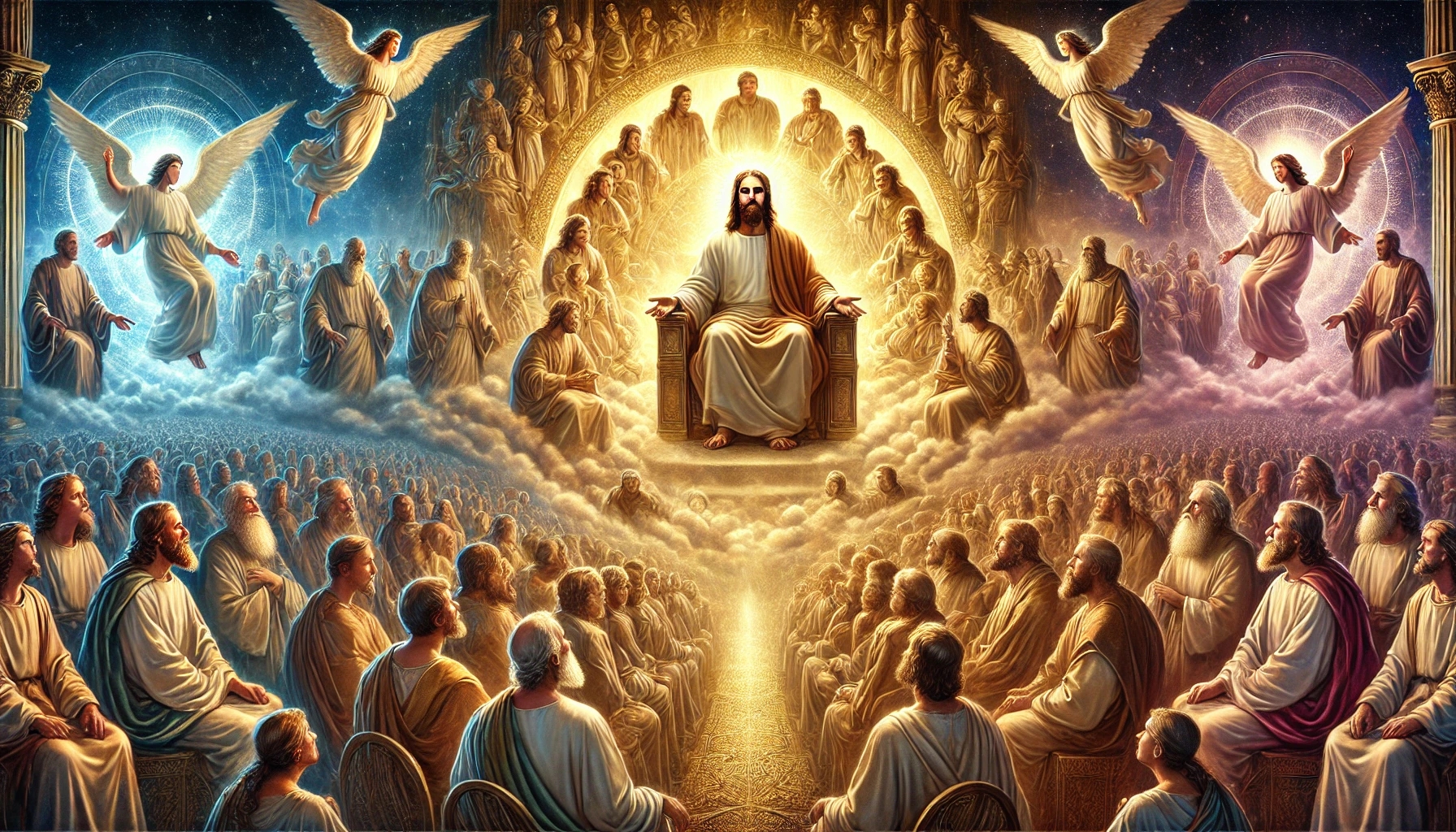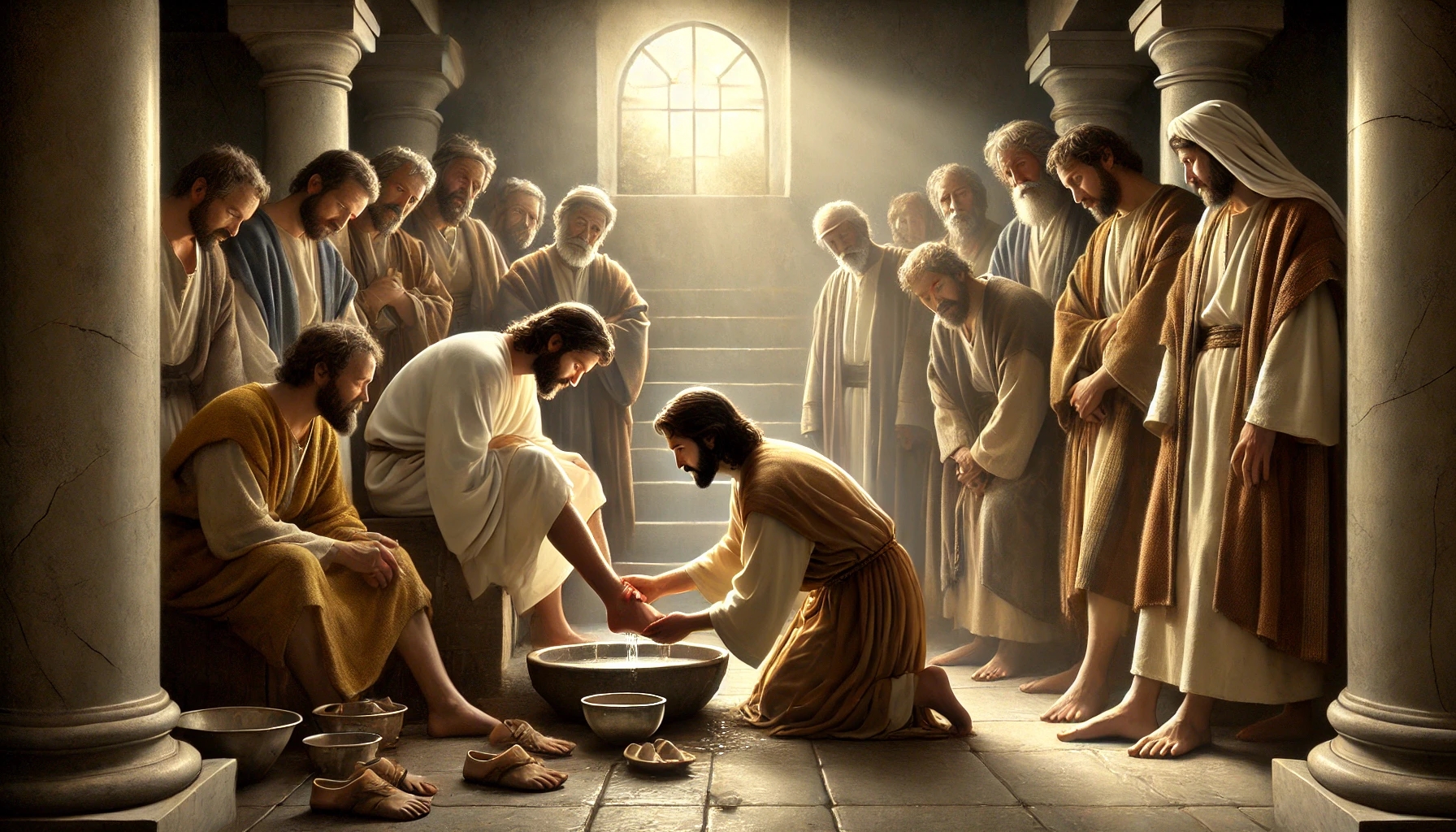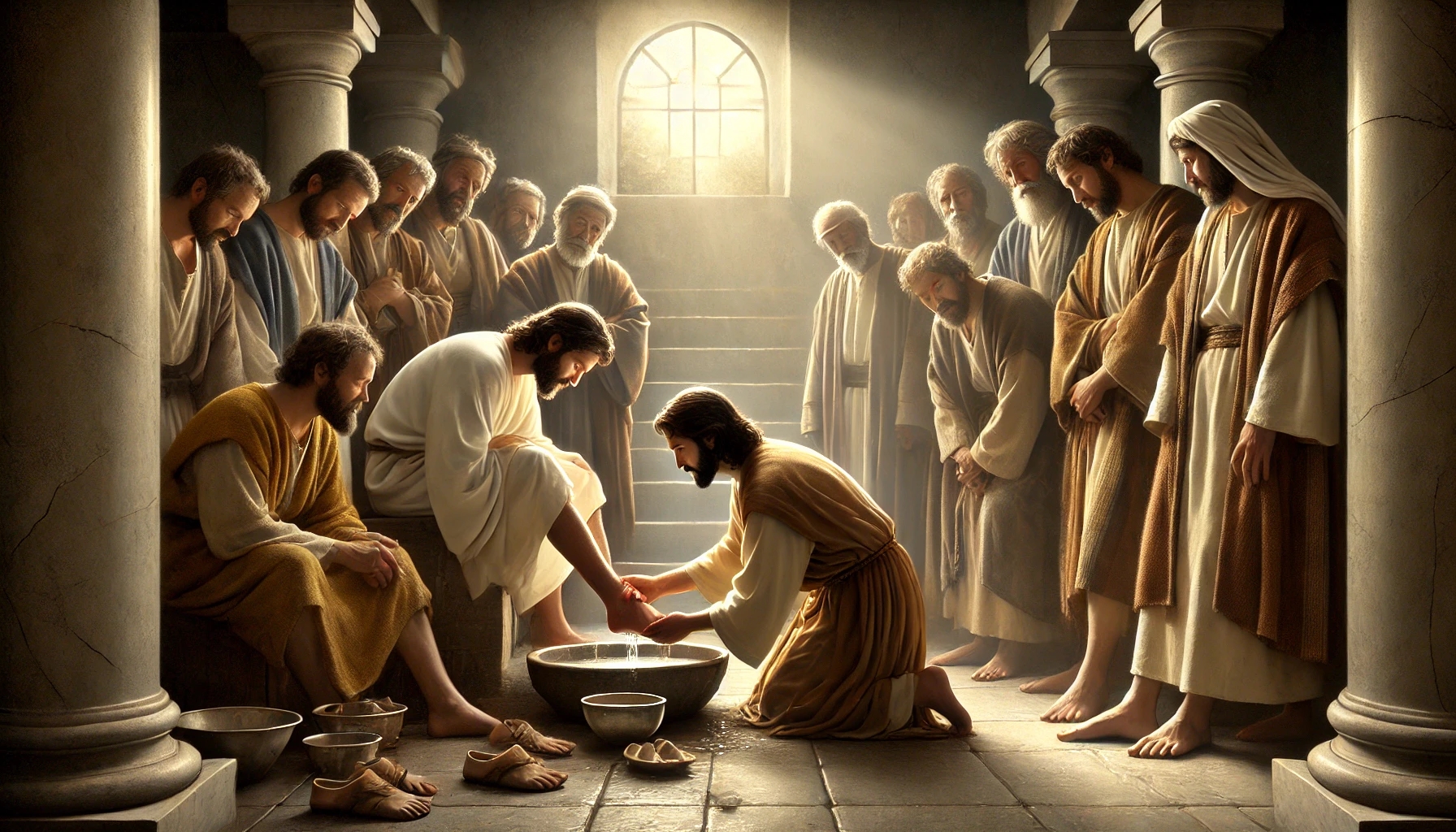
3.6 Summary
The Background of the Gospel: The Prologue and the Divine Word
Lesson 3 focuses on the introduction of the Gospel of John, which reveals profound theological truths about Jesus Christ, the eternal Word (Logos). John begins with the statement that Jesus existed from the beginning and, as the Word of God, was not only with God but is God Himself. The prologue highlights the creative power of Jesus: through Him, all things were made.
A central point is the incarnation of Jesus. John describes how the divine Word became flesh and lived among us (John 1:14). This shows God’s radical nearness to humans and the depth of His love. Jesus came as the Light into the world to dispel darkness, yet not everyone accepted Him. Here, we encounter the theme of faith and unbelief—those who accept the light become children of God, while others reject it and remain in darkness.
Finally, the lesson shows that the glorification of Jesus is paradoxical: it begins at the cross, a place of apparent shame where God’s greatest glory is revealed. The prologue connects the eternity and divinity of Jesus with His human mission to bring salvation and shows how people respond to this revelation—through faith or rejection.
The lesson encourages us to consciously live in the light of Jesus in our daily lives and to accept His call to experience the true glory of God.
The connection of the prologue from John 1 to our daily lives and faith lies in the central message that Jesus Christ is the eternal Word of God who became man to redeem us. This fundamental truth has practical implications for our daily lives:
-
Experiencing God’s Nearness The prologue shows that God is not distant or abstract but has come near to us in Jesus. This means that in our daily lives, we can trust that God understands our struggles and worries because He has experienced human life in all its aspects. Our faith in a near and understanding God gives us comfort and strength in everyday life.
-
Light and Darkness The theme of light and darkness introduced in the prologue reminds us that every day we face the decision to live in the light of Jesus or be led by darkness. In daily life, this means consciously seeking God’s truth and aligning our lives with His word. Faith is not just a belief but an active decision to follow the light.
-
Faith as an Active Action Faith, as described in the Gospel of John, is a living and dynamic relationship with Jesus that is reflected in our behavior. Our faith should not only exist in words but become visible through actions—in how we serve others, forgive, show love. This shapes our daily actions and our interpersonal relationships.
-
Hope and Redemption Through the Cross The glorification of Jesus on the cross shows that God Himself is present in the darkest moments and brings salvation. In our daily lives, this means that even in times of suffering and uncertainty, we can trust in God’s redemptive plan. The cross is a sign of hope that God Himself can create new life and redemption out of pain and loss.












